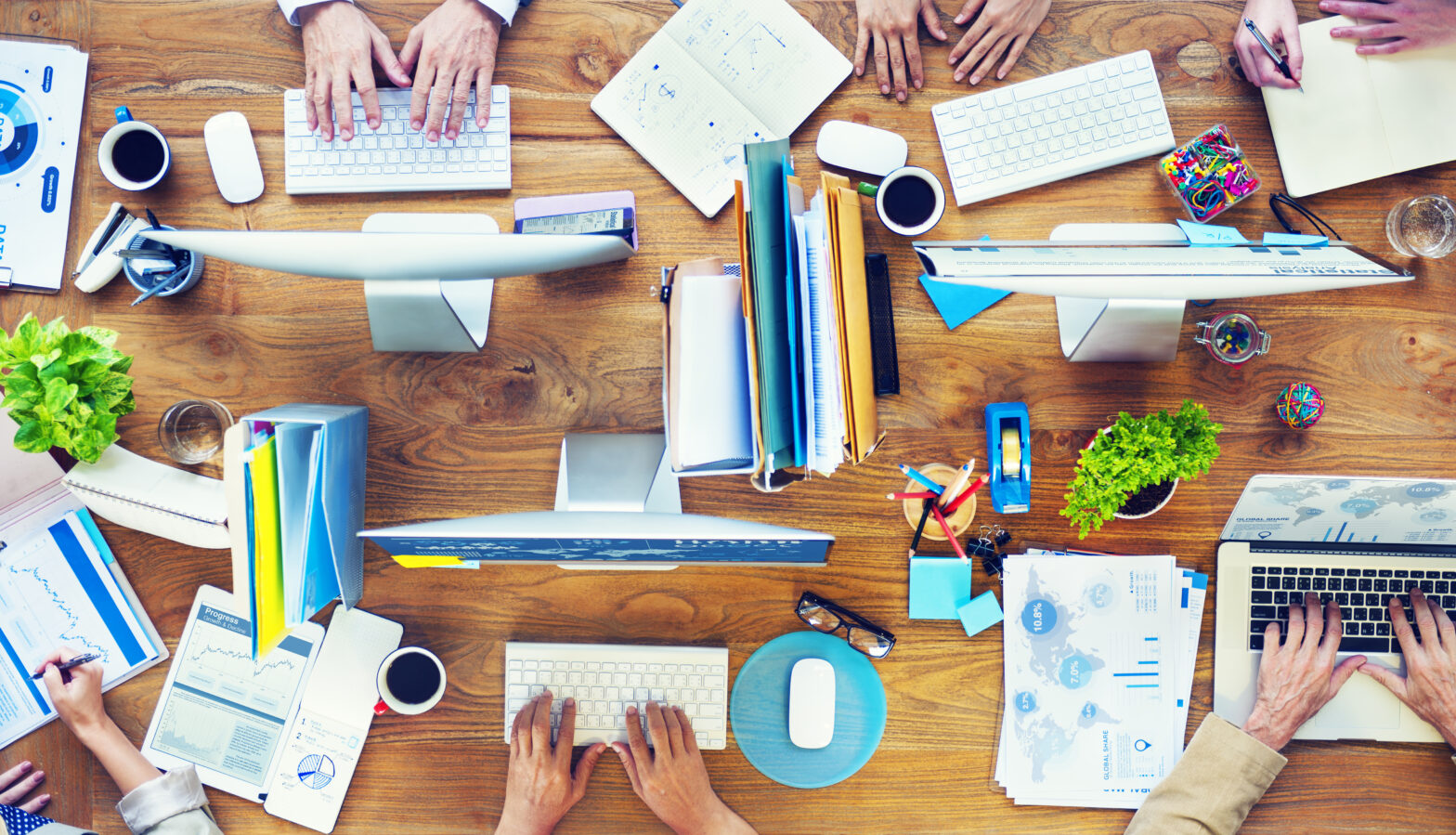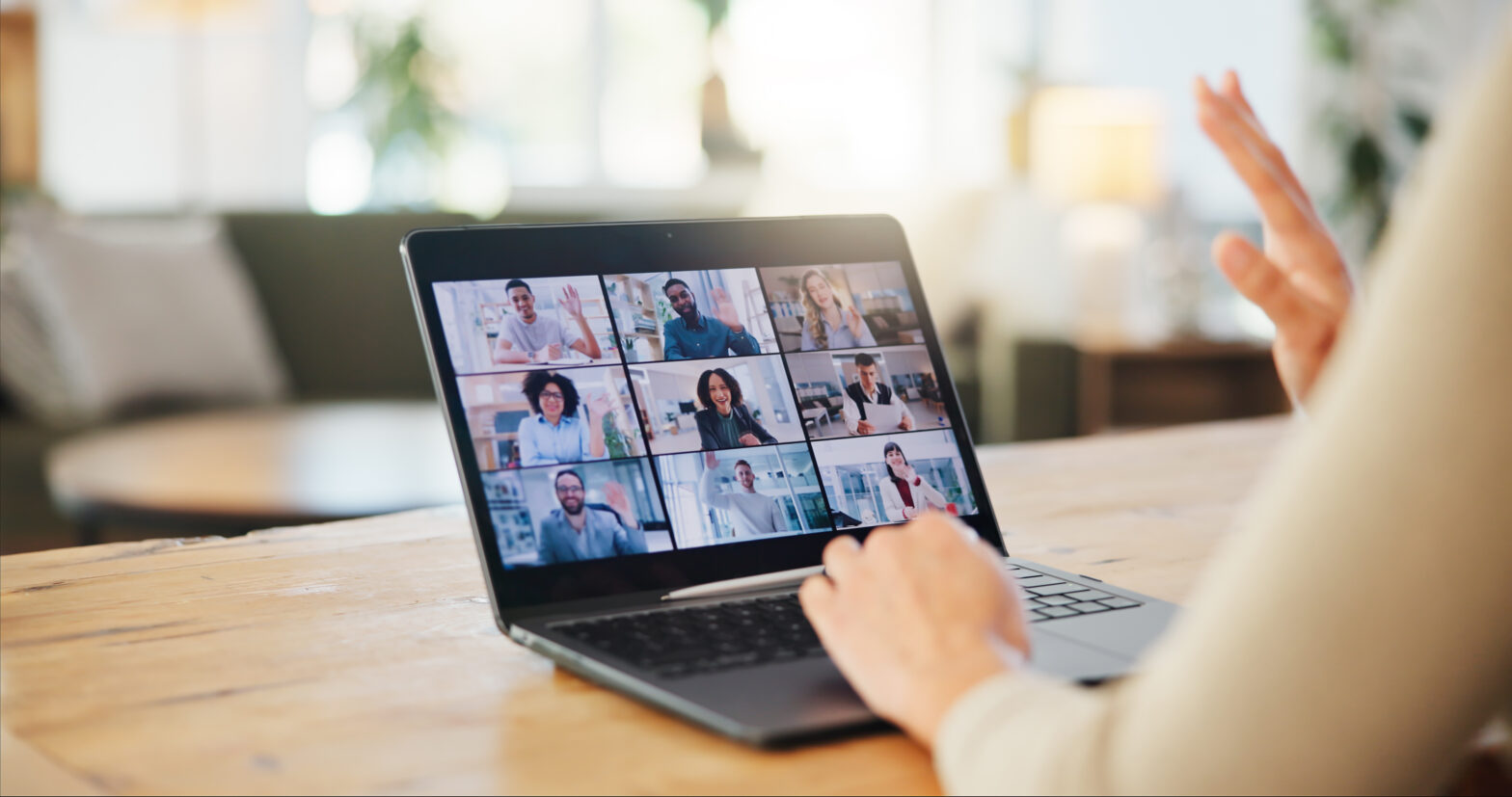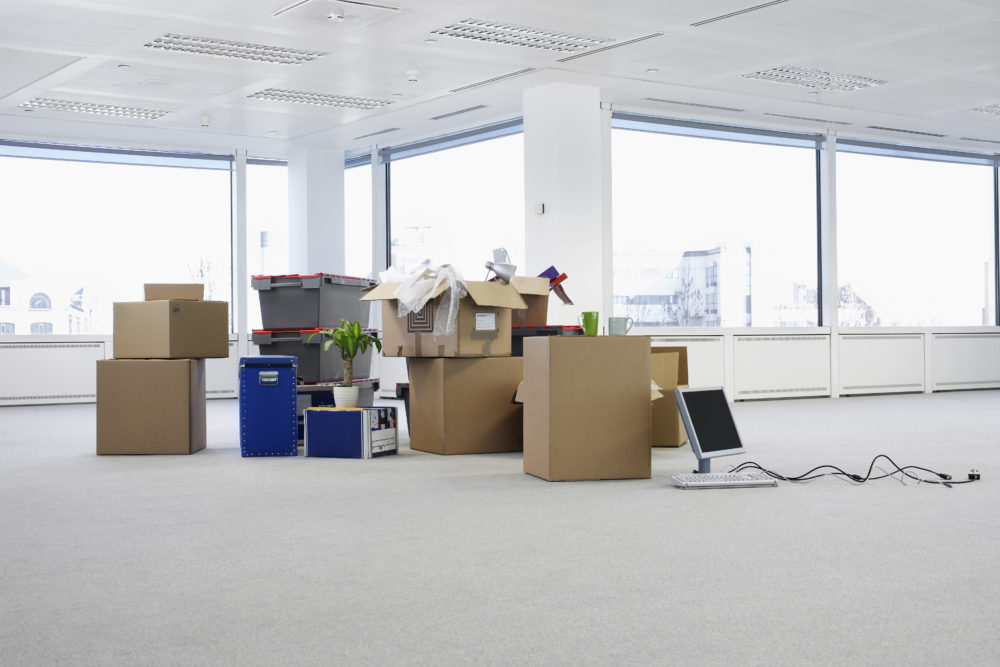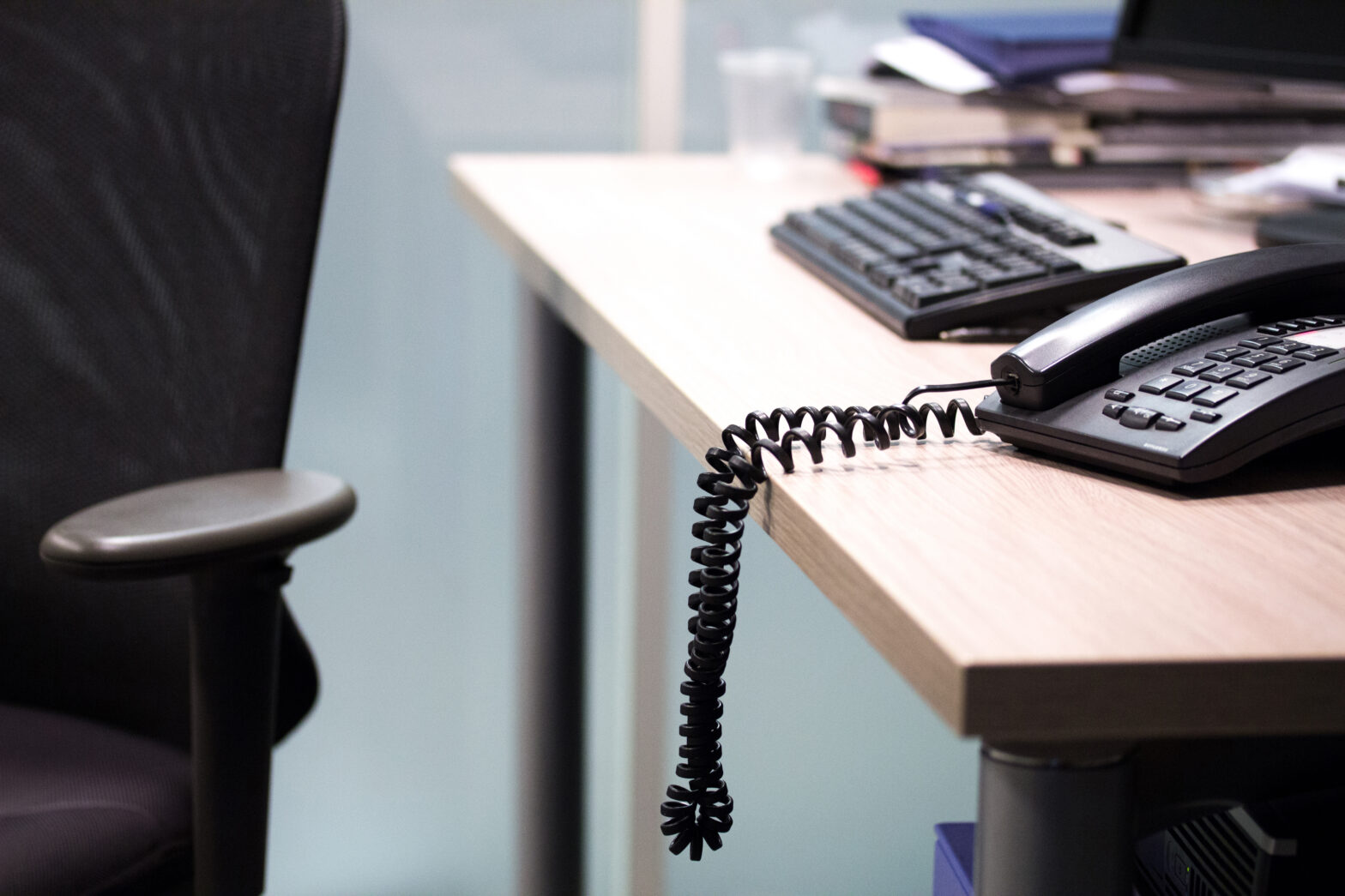There are more than a few workplace trends that have come to the fore in recent years. Wellbeing has been a major focus in the business community and adaptations to working practices and office design can have a significant impact on this area.
Wellness is the way forward
When ill health and absenteeism cost UK businesses huge sums of money annually (estimated to be in excess of £15 billion), it makes sense to consider employee wellbeing a serious topic. Wellness not only comes with financial benefits however, when healthiness and happiness go hand in hand it can do wonders for positivity (and productivity) too.
Mandatory initiatives
During last year’s Global Wellness Summit, Thierry Malleret, an expert on the effect global issues have on investments, business and society more widely, discussed the need to make wellness initiatives compulsory. He suggested taking a preventative approach (by hosting educational wellness workshops for example) and stressed the important role the workplace plays in helping people lead longer, healthier lives.
Work smart
There are a variety of smart devices that can be used to boost fitness and productivity in the workplace. Fitbit’s Group Health programme encourages fitness to be a team effort; you can log in to see how ‘active’ your fellow employees have been. Smart Badges showcasing productivity levels may also make an appearance in some workplaces but as Olivia Solon pointed out back in 2015, we need to ensure this doesn’t become a form of oppressive surveillance.
Weight-loss programmes
On a similar note, corporate weight-loss programmes (such as those delivered by Jenny Craig) are becoming more widespread. Particularly in the US it isn’t uncommon to find businesses partaking in nationwide weight-loss competitions. The US Office highlights some of the issues associated with this in the episode ‘Weight Loss’; if not implemented considerately as it makes its way across the pond, there is a risk employees’ self image could be negatively affected and pressure to lose weight may lead to dieting in an unsafe manner.
Design time
The environment in which you work, unsurprisingly, has a significant impact on how you perform and feel in your day-to-day working life. Conservative cubicle designs are increasingly being swapped for spaces with more variety, both in terms of layout and furnishings.
Innovative work stations
Despite being in the headlines for the last couple of years it seems that sit-stand desks have not lost their appeal. They are credited with boosting brain power and help to relieve some of the issues associated with sitting down for eight hours a day. If standing desks are too mainstream, the Altwork Station is, an interesting further development: you can work not only vertically but horizontally too!
Art and colour
Offices aren’t historically known for having the most aesthetically-appealing interiors but in recent years have seen a move to make them more inspiring. Art that goes beyond usual corporate art (basic beach scenes and cityscapes) has recently been found to improve productivity and innovation. In terms of colour, things are also livening up: greyish white is being swapped for blue, green, and red.
Biophilic and eco-friendly design
As the importance of a greener lifestyle becomes ingrained in society, more and more businesses are beginning to adopt a biophilic approach. Biophilia means a love of nature and when it comes to the workplace this can present itself in a few ways: energy efficiency is increasingly becoming a key interest for businesses and having ‘nature’ in the workplace (living walls for example) is recognised as something that can positively affect productivity and wellbeing.
Working practices
Flexible working, coworking, and the idea of a shorter working week are nothing new when it comes to conversations about working practices. The three concepts haven’t significantly evolved over the past few years but they are starting to be accepted on a widespread basis.
Get flexible
A recent survey found that many believe standard working hours will soon be a thing of the past: that in twenty years time there will be an ‘always on’ culture. When devices allow you to work from almost anywhere, flexible and remote working can often be the most practical option. It has also been found to help cut down employee stress levels so overcoming the barriers to flexible working will no doubt be a primary workplace concern in the coming year.
Shorter work days
When sitting at a desk for long periods of time can negatively affect your health in a variety of ways it seems to make sense to reduce this. In Sweden, a six-hour work day has been found to prevent burn out and drive up health and productivity.
Coworking
Coworking became popular as a money-saving measure during the recession and has since gone from strength to strength. The cost of London office space has driven many to consider coworking the most economic option and this seems to be the case throughout the UK – coworking hubs and shared office space are popping up nationwide. The Global Coworking Survey reported 62% of coworking hub owners want to expand and they’ve estimated there will be tens of thousands of coworking spaces open by the end of the decade.
Change rarely happens overnight when it comes to the world of work. Even small adaptations can have a significant impact on your team and the business more widely. While ensuring you’re up to date with the latest trends can seem like a smart move, it’s a good idea to trial new practices and monitor their effect before you jump straight in. If alterations result in a healthy interplay between wellbeing and productivity, you can’t go far wrong!
Lilli Hender is staff writer at OfficeGenie.co.uk.





